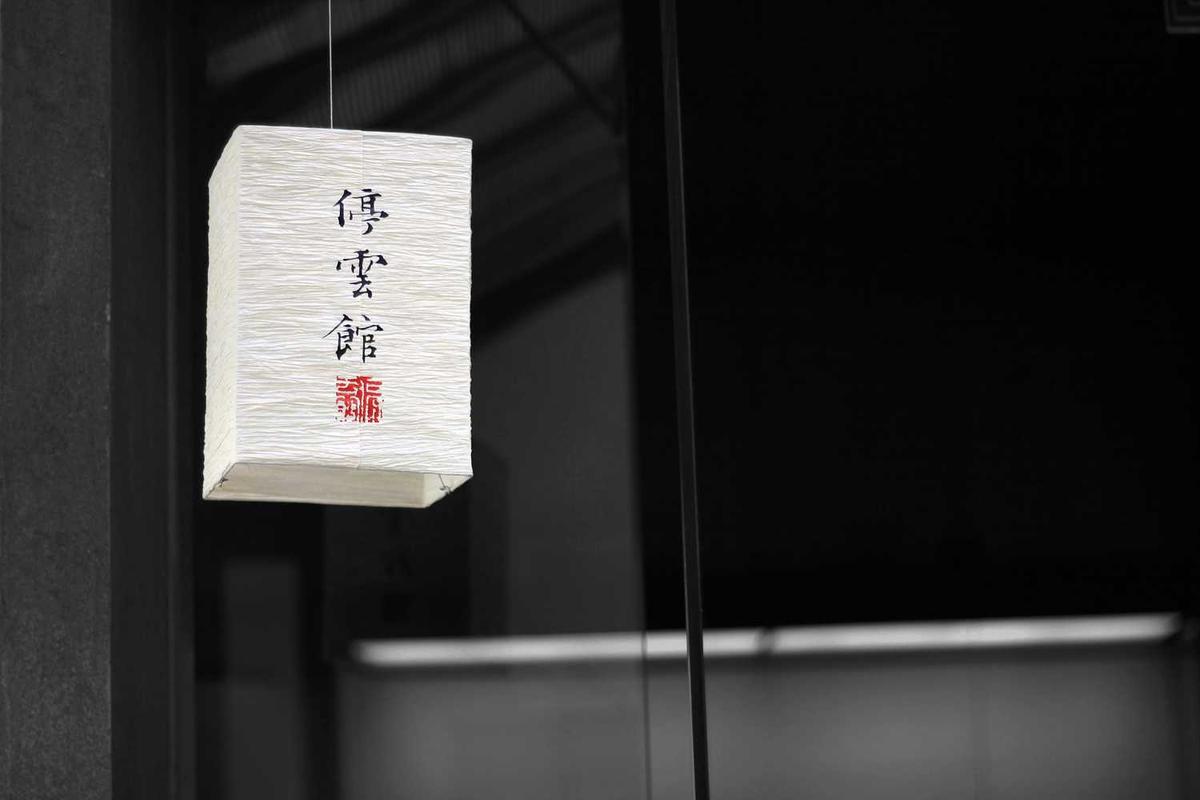Closet Organization Systems: Complete Guide
Transform your closet into an efficient, functional space with proven organization systems that save time and reduce stress in your daily routine.

An organized closet is the foundation of effortless style and efficient daily routines. Beyond simply making your space look neat, effective closet organization systems can save you precious time every morning, help you make better use of your existing wardrobe, and even reduce stress by eliminating the chaos of searching for items.
The Psychology of Closet Organization
Before diving into specific systems, it's crucial to understand why closet organization matters on a psychological level. A disorganized closet often reflects and contributes to mental clutter, making decision-making more difficult and starting your day with unnecessary stress.
Benefits of Organized Closets
- Reduced Decision Fatigue: Clear organization makes outfit selection faster and less stressful
- Improved Mood: A neat space contributes to a positive mindset
- Better Wardrobe Utilization: Visibility leads to wearing more of what you own
- Time Savings: No more searching for misplaced items
- Financial Benefits: Knowing what you have prevents duplicate purchases
Closet Assessment and Planning
Measuring Your Space
Start with precise measurements of your closet dimensions:
- Height: Measure from floor to ceiling
- Width: Measure the full width of the closet
- Depth: Measure from back wall to opening
- Obstacles: Note any pipes, electrical outlets, or architectural features
- Doors: Consider how doors open and their clearance needs
Inventory Analysis
Conduct a comprehensive inventory of your belongings:
- Hanging Items: Count dresses, suits, blouses, and pants
- Folded Items: Estimate sweaters, t-shirts, and casual wear
- Shoes: Count pairs and note storage needs
- Accessories: List belts, bags, jewelry, and other items
- Seasonal Items: Note storage requirements for off-season clothing
Zone-Based Organization Systems
The 80/20 Rule
Apply the Pareto Principle to closet organization:
- Prime Real Estate: Reserve easily accessible areas for frequently worn items
- Secondary Storage: Place occasional-wear items in less accessible spots
- Seasonal Storage: Store off-season items in the least accessible areas
- Special Occasion: Dedicate specific zones for formal wear and special events
Vertical Zoning Strategy
Organize your closet vertically by frequency of use:
Eye Level (Prime Zone)
- Daily Work Clothes: Business attire and professional pieces
- Frequently Worn Items: Current season favorites
- Easy Access Items: Grab-and-go pieces
- Current Season Basics: Everyday essentials
Upper Level (Secondary Zone)
- Seasonal Storage: Off-season clothing in boxes or bags
- Special Occasion: Formal wear and rarely worn items
- Backup Items: Extra hangers, storage containers
- Bulky Items: Comforters, sleeping bags, or large accessories
Lower Level (Accessible Zone)
- Shoes: Daily footwear and seasonal rotation
- Casual Wear: Weekend clothes and athletic wear
- Heavy Items: Boots, heavy coats, or dense storage
- Accessible Storage: Frequently accessed boxes or bins
Hanging Systems and Strategies
Hanger Consistency
Invest in matching hangers for both functionality and aesthetics:
- Velvet Hangers: Space-efficient and prevent slipping
- Wooden Hangers: Durable and shape-maintaining for suits and coats
- Specialty Hangers: Multi-tier for tanks, clip hangers for pants
- Cascading Hangers: Multiply hanging space vertically
Grouping Strategies
Organize hanging items by logical categories:
By Garment Type
- Dresses: Group by length and occasion
- Blouses and Shirts: Separate by formality and season
- Pants: Hang or fold depending on fabric and space
- Jackets and Blazers: Arrange by color and frequency of use
By Color Coordination
- Rainbow Organization: Arrange by color spectrum
- Neutral Grouping: Cluster blacks, whites, and grays
- Seasonal Colors: Group by seasonal color palettes
- Outfit Coordination: Hang complete outfits together
Folding and Shelf Organization
The KonMari Method
Implement vertical folding techniques:
- T-Shirts: Fold into rectangles that stand upright
- Sweaters: Fold carefully to prevent stretching
- Underwear: Small folded squares in dividers
- Pajamas: Fold sets together for easy access
Shelf Optimization
Maximize shelf space with strategic organization:
- Adjustable Shelves: Customize heights for different items
- Shelf Dividers: Create sections for different categories
- Storage Bins: Use clear containers for visibility
- Shelf Risers: Double your effective shelf space
Shoe Storage Solutions
Shoe Organization Systems
Choose the right storage for your collection:
- Shoe Racks: Open storage for daily wear
- Clear Shoe Boxes: Protection with visibility
- Over-Door Organizers: Space-saving for small closets
- Shoe Cabinets: Enclosed storage for larger collections
Shoe Care Integration
Incorporate maintenance into your storage system:
- Cedar Shoe Trees: Maintain shape and absorb moisture
- Shoe Cleaning Supplies: Dedicated storage for maintenance items
- Rotation System: Allow shoes to air out between wears
- Seasonal Storage: Store off-season shoes separately
Accessory Organization
Jewelry Storage
Prevent tangling and damage with proper storage:
- Jewelry Boxes: Compartmentalized for different pieces
- Hanging Organizers: Clear pockets for easy selection
- Drawer Inserts: Divided sections for rings and earrings
- Wall-Mounted Displays: Decorative and functional
Bag and Purse Storage
Maintain shape and accessibility:
- Purse Organizers: Shelf systems sized for bags
- Hanging Storage: Hooks or specialized hangers
- Dust Bags: Protect expensive bags from dust
- Stuffing Maintenance: Keep bags in shape when not in use
Smart Storage Solutions
Technology Integration
Enhance organization with smart solutions:
- LED Lighting: Improve visibility in dark closets
- Wardrobe Apps: Digital inventory and outfit planning
- RFID Tags: Track and locate items electronically
- Smart Mirrors: Virtual try-on and outfit coordination
Space-Saving Innovations
Maximize small closet potential:
- Double-Height Rods: Separate short and long items
- Pull-Out Drawers: Easy access to deep shelves
- Rotating Closet Systems: Maximize corner spaces
- Ceiling-Mounted Storage: Utilize vertical space fully
Maintenance and System Sustainability
Daily Habits
Maintain organization with consistent routines:
- One-Touch Rule: Put items away immediately after use
- Evening Reset: Spend 5 minutes tidying each night
- Weekly Review: Check for items that need attention
- Monthly Assessment: Evaluate and adjust systems
Seasonal Maintenance
Regular updates keep systems functional:
- Seasonal Swaps: Rotate clothing based on weather
- Quarterly Purges: Remove items no longer needed
- Annual Overhaul: Deep clean and reorganize
- System Updates: Adapt organization to changing needs
Troubleshooting Common Issues
Small Closet Challenges
Solutions for space-constrained situations:
- Prioritize Ruthlessly: Keep only essential items
- Use Vertical Space: Hang items at different heights
- Multi-Purpose Items: Choose versatile pieces
- External Storage: Use bedroom furniture for overflow
Shared Closet Organization
Strategies for couples or roommates:
- Clear Boundaries: Designate specific sections
- Consistent Systems: Agree on organization methods
- Communication: Regular check-ins about space needs
- Compromise: Flexible arrangements for changing needs
Conclusion
Effective closet organization is an investment in your daily well-being and long-term satisfaction with your wardrobe. By implementing these systematic approaches and maintaining consistent habits, you'll create a closet that not only looks great but actually makes your life easier and more enjoyable.
Remember that the best organization system is one that fits your lifestyle, space, and personality. Start with basic principles and gradually refine your approach as you discover what works best for your unique situation. With patience and consistency, your organized closet will become a source of daily joy and efficiency.


